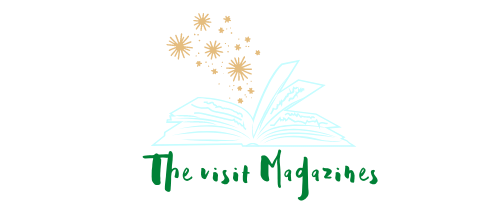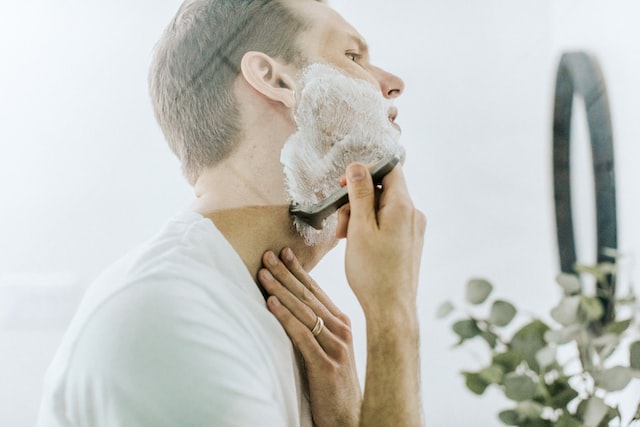Shaving is an essential part of our daily routine, but it can also be a source of discomfort and annoyance when it leads to itching. The itching sensation can be caused by a variety of factors, including dry skin, razor burns, and ingrown hairs. Regardless of the cause, itching after shaving can be a frustrating and uncomfortable experience. Wondering, how to stop itching after shaving? Fortunately, there are several tips and treatments that can help you prevent and alleviate itching after shaving
Causes of Itching After Shaving
- Razor Burn: Razor burn is a common condition that occurs when the razor blade irritates the skin, causing redness, inflammation, and itching. It can occur if you use a dull or dirty razor, shave too quickly or apply too much pressure while shaving.
- Ingrown Hairs: Ingrown hairs occur when the hair grows back into the skin instead of growing out of it. This can cause itching, redness, and inflammation. Ingrown hairs are more likely to occur in areas where hair is curly or coarse, such as the beard area for men, and the bikini area for women.
- Dry Skin: Shaving can strip the skin of its natural oils, leaving it dry and itchy. This is especially true if you shave frequently, as this can damage the skin’s natural moisture barrier and cause dryness.
- Allergic Reactions: Some people may be allergic to the products they use during shaving, such as shaving cream, aftershave, or moisturizer. This can cause itching, redness, and irritation, and can even lead to more serious conditions such as contact dermatitis.
- Skin Conditions: People with certain skin conditions, such as eczema or psoriasis, may be more prone to itching after shaving. These conditions can cause dryness, redness, and inflammation, making it more likely for shaving to cause itching and irritation.
- Heat: Shaving can create heat, which can irritate the skin and cause itching. This is more common in areas that are sensitive or prone to sweating, such as the underarms or groin area.
Tips to Prevent Itching After Shaving
Exfoliate Before Shaving: Exfoliating the skin before shaving can help remove dead skin cells, allowing the razor to glide smoothly over the skin. This can reduce the likelihood of razor burn and ingrown hairs, which can cause itching.
Use a Sharp Razor: Dull or dirty razor blades can cause more irritation, leading to itching and discomfort. Ensure you use a clean and sharp razor blade to minimize the risk of razor burn and ingrown hairs.
Shave in the Direction of Hair Growth: Shaving in the direction of hair growth, rather than against it, can reduce the risk of razor burn and ingrown hairs. Shaving against the grain can cause the hair to grow back into the skin, leading to itching.
Use a Shaving Cream or Gel: Shaving cream or gel helps to lubricate the skin, allowing the razor to glide over the skin more smoothly. This can reduce the risk of razor burn and itching. It is important to use a cream or gel that is suitable for your skin type.
Rinse the Skin with Cold Water: After shaving, rinse the skin with cold water to help close the pores and reduce the risk of irritation. This can also help to soothe the skin, reducing itching and discomfort.
Apply Moisturizer: Shaving can dry out the skin, leading to itching and discomfort. It is essential to moisturize the skin after shaving to help restore its natural moisture barrier. Using a moisturizer that is suitable for your skin type can help to prevent itching.
Avoid Tight Clothing: Tight clothing can rub against the skin, causing irritation and itching. After shaving, it is important to wear loose-fitting clothing to reduce the risk of further irritation.
Avoid Scratching: It can be tempting to scratch an itchy area after shaving, but this can cause more irritation and discomfort. Instead, try using a cold compress or applying a soothing lotion to the affected area.
Treatments for Itching After Shaving
Apply Aloe Vera: Aloe vera is a natural anti-inflammatory agent that can help to soothe and calm irritated skin. Applying aloe vera gel to the affected area can help to reduce itching and discomfort.
Use Hydrocortisone Cream: Hydrocortisone cream is a topical steroid that can help to reduce inflammation and itching. Applying a thin layer of hydrocortisone cream to the affected area can provide relief from itching and discomfort.
Use a Cold Compress: Applying a cold compress to the affected area can help to reduce inflammation and itching. Simply wrap a clean cloth around a few ice cubes and apply it to the affected area for a few minutes.
Conclusion
By incorporating these tips and treatments into your shaving routine, you can achieve smooth, itch-free skin every time. So go ahead and enjoy the benefits of a close shave without the discomfort of itching!
For more informative articles, check out the rest of our site!

